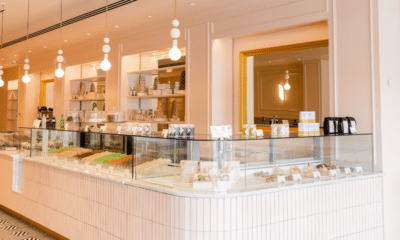Around Atlanta
High Museum of Art to present major Julie Mehretu Exhibition this fall
Published
4 years agoon
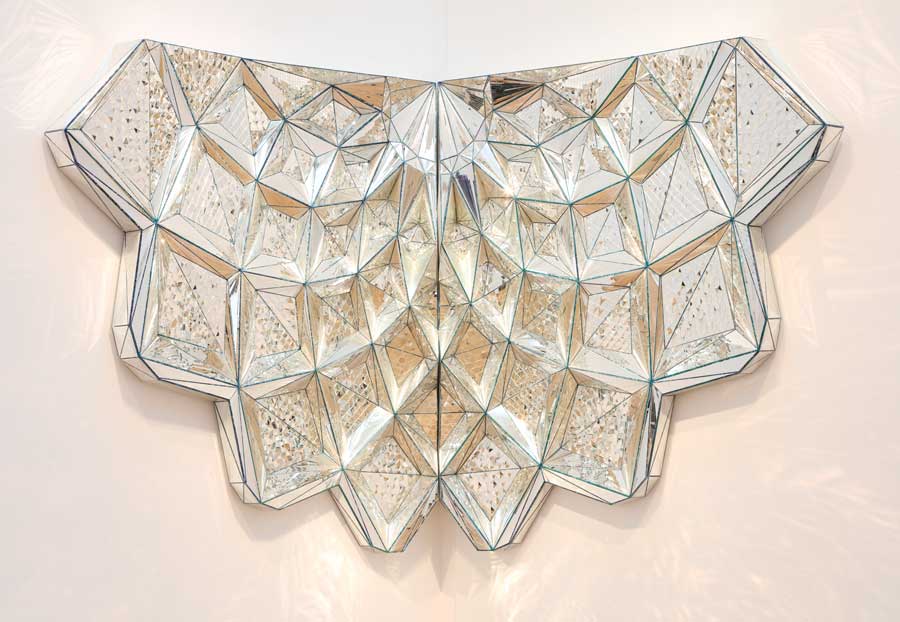
The first-ever comprehensive survey of Mehretu’s career covers two decades of the artist’s work and features many of her monumental paintings.
This fall, the High Museum will present “Julie Mehretu”(Oct. 24, 2020-Jan. 31, 2021), a major traveling exhibition of work by Julie Mehretu (born 1970, Addis Ababa, Ethiopia) co-organized by the Los Angeles County Museum of Art (LACMA) and the Whitney Museum of American Art. This is the first comprehensive survey of the artist’s career, covering more than two decades of her work, from 1996 to the present, and uniting nearly 40 drawings and prints and 35 paintings predominantly monumental in size and scale.
Mehretu’s work bears witness to the shaping of human consciousness through the combination and reconfiguration of sources and images that address history and its intersection with the present. Her process involves compiling a vast and diverse archive of sources, including diagrams and maps, cave markings, Chinese calligraphy, architectural renderings, graffiti, photojournalism and texts. The exhibition also reveals the centrality of drawing in Mehretu’s artistic practice, from her diminutive drawings made in the 1990s to her monumental paintings of the 2000s, and explores the abiding influences of indexing, diagramming, and mapping as well as their techniques, aesthetics, and ideologies.
Mehretu’s work of the past decade draws from present-day images of natural disasters, human rights atrocities and global conflicts. Her most recent work in the exhibition refers to the detention camps holding migrant children along the southern border of the United States and is often scaled to the size and reach of her body. This correspondence between the artist’s body and her distinctly physical application of paint (and erasure of objective imagery), in combination with fragmented images produced in drawing, printmaking and stenciling techniques, lend the recent work a palpable sense of urgency and poignancy.
A highlight of the exhibition is Mehretu’s cycle of four monumentally scaled paintings titled “Mogamma (A Painting in Four Parts)” (2012). Reunited for the first time since they were last shown together in 2013, “Mogamma” interrogates themes of migration, revolution, global capitalism and technology at the dawn of the Arab Spring. Each painting in the cycle belongs to four different museums across three continents. The High Museum of Art acquired “Mogamma (Part 2)” in 2013.
“We are grateful for the opportunity to present this sweeping examination of Mehretu’s dynamic, multi-faceted career,” said Rand Suffolk, Nancy and Holcombe T. Green, Jr., director of the High. “The globally conscience themes in her work align strongly with our commitment to celebrating diverse perspectives through the High’s collection and exhibition program. We look forward to offering our audiences a chance to experience a broad spectrum of her creative genius.”
“Julie Mehretu is one of the most consequential artists in the first quarter of this century,” said Michael Rooks, Wieland Family Curator of Modern and Contemporary Art, “. . . because she has managed to synthesize histories told and untold, and history in the making, with our present moment beset by dislocation and turmoil. Among the histories with which she contends is the history of visual culture, particularly the language of abstraction, which powerfully expresses the fragmentation, splintering, formation, and reformation of our present moment.”
“Julie Mehretu” considers the artist’s excavation of the histories of art, architecture, and past civilizations and addresses themes in her work such as migration, revolution, human rights, social justice, climate change and global capitalism. Additionally, the exhibition considers Mehretu’s career in printmaking through a selection of works produced with such techniques as etching, photogravure, aquatint and engraving. In its combination of media, the exhibition draws attention to the artist’s agility in radically shifting scale, moving from the intimate to the grand and from the personal to the universal. The exhibition will also include British artist Tacita Dean’s 2011 filmic portrait of Mehretu titled “GDGDA.”
Previously on view at LACMA (Nov. 3, 2019-Sept. 7, 2020), the exhibition will travel to the Whitney Museum of American Art (March 19-Aug. 8, 2021) and the Walker Art Center (Oct. 16, 2021-March 6, 2022) following its presentation at the High.
In early works such as “Untitled (two)” (1996), “Map Paint (white)” (1996) and “Untitled (yellow with ellipses)” (1998), Mehretu explores how to represent the cumulative effect of time by layering materials. In these paintings, she has embedded drawings between layers of poured paint, creating fossilized topographies.
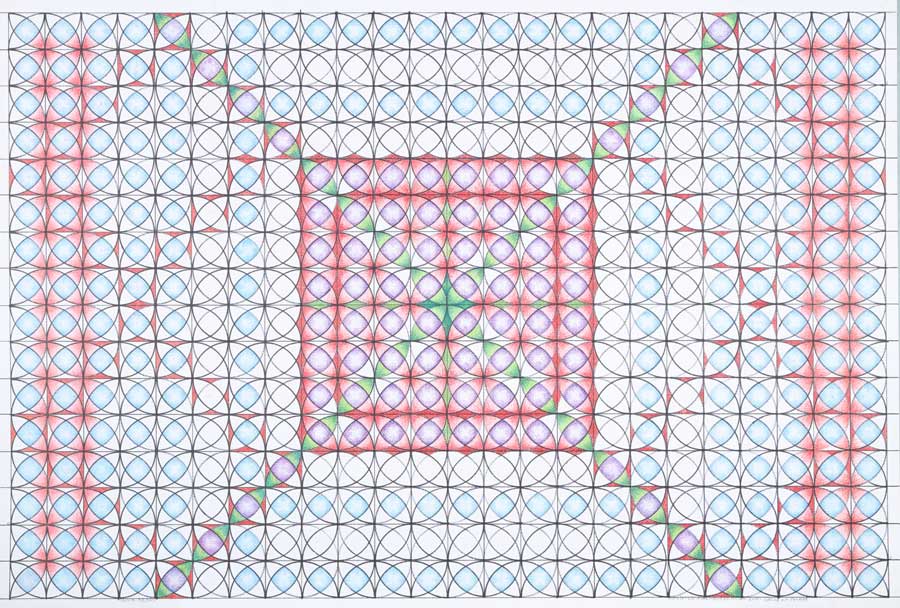
Squares), 2014, felt-tipped marker and colored pencil on paper. High Museum of Art,
gift of the estate of Monir Shahroudy Farmanfarmaian and Haines Gallery, San
Francisco, 2019. 173. © Monir Shahroudy Farmanfarmaian
In “Stadia II” (2004) and “Black City” (2007), Mehretu interrogates sports and military typologies to disrupt modern conceptions of leisure, labor and order. The coliseum, amphitheater and stadium in “Stadia II”represent spaces designed to accommodate and organize large numbers of people but that also contain an undercurrent of chaos and violence. While “Stadia II”is filled with curved lines and an array of pageantry such as flags, banners, lights and seating, “Black City” is more linear and contains references to the military and war, including general stars and Nazi bunkers. Both works call attention to the ways in which modern culture and the spectacle of contemporary wars, such as the War on Terror and the Iraq War, are connected to imperialism, patriarchy and power.
The four-part “Mogamma” (2012) took significant inspiration from the 2011 Egyptian revolution, part of the Arab Spring of uprisings in the Middle East and North Africa. The work was named after a government administrative building on Tahrir Square that was seen as a symbol of modernism and the country’s liberation from colonial occupation when it was first built in 1949. It was later associated with government corruption and bureaucracy before eventually serving as a revolutionary site. Mehretu began work on the four vertical canvases by exploring the densely layered environment of Tahrir Square, where an array of architectures — including structures built in Islamic, European and Cold War styles — coexist. She then created a web of drawings that combined the Brutalist architectural style of the Mogamma with details from other public squares associated with the revolutionary fervor of the Arab Spring, such as the amphitheater stairs and spiraling lights of Meskel Square in Addis Ababa, Ethiopia, and the midcentury high-rise buildings surrounding Zuccotti Park in New York. Over this, she layered drawings of global sites of public protest and change, such as Red Square in Moscow and Tiananmen Square in Beijing. “Mogamma” was installed in Documenta in 2012 and again in London in 2013. This exhibition reunites all four panels of the monumental painting and marks the first time the work has been shown in its entirety in the United States. Before traveling with the exhibition, “Part 2” had been on view at the High since the Museum acquired it in 2013.
Mehretu’s most recent paintings introduce bold gestural marks and employ a dynamic range of techniques such as airbrushing and screenprinting. The works draw on her archive of images of global horrors, crises, protests and abuses of power, which she digitally blurs, crops and rescales. She uses this source material as the foundation for her paintings, overlaying the images with calligraphic strokes and loose drawings. For example, “Conjured Parts (eye), Ferguson” (2016) links disembodied anatomy with a site of violence and political strife. The painting began with a blurred photograph of an unarmed man with his hands up facing a group of police officers in riot gear, which was taken during the protests following the fatal shooting of Michael Brown in Ferguson, Missouri. Mehretu layered color over a blurry, sanded black-and-gray background; fuchsia and peachy-pink areas rise from below while toxic green tones float above like distant skies drawing near. Outlines of eyes, buttocks and other body parts appear within the graffiti-like marks and black blots hovering over smoky areas, suggesting human activity obscured.
In “Hineni (E. 3:4)” (2018), Mehretu addresses the fires caused by climate change and the intentional burning of Rohingya homes in Myanmar as part of a campaign of ethnic cleansing. The painting is based on an image from the 2017 Northern California wildfires, while the word “hineni” in the title translates to “here I am” in Hebrew, which was the biblical prophet Moses’s response to Yahweh (God), who called his name from within the burning bush. By interrogating three types of fires in this painting — one environmental, one intentional and one prophetic — Mehretu explores the contradictory meanings of a single elemental force.
Installed alongside these recent paintings, “Epigraph, Damascus” (2016) is a notable achievement in printmaking for Mehretu, representing a new integration of architectural drawings and painting overlaid with an unprecedented array of marks. Working closely with master printer Niels Borch Jensen, Mehretu used photogravure, a 19th-century technique that fuses photography with etching. She built the foundation of the print on a blurred photograph layered with hand-drawn images of buildings in Damascus, Syria, then composited that with a layer of gestural marks made on large sheets of Mylar. On a second plate, she executed her characteristic variety of light-handed brushstrokes, innovatively using techniques known as aquatint and open bite.
Many of Mehretu’s large-scale works will be on view throughout the galleries. The artist is known to create large horizontal canvases full of layered drawings to work out complexities of scale, size, detail and expanse. These panoramas often take on monolithic or compressed themes and histories such as African liberation movements and the architecture of spectacle.
The exhibition will also feature“Transcending: The New International” (2003). The painting began with a map of Ethiopia’s capital city, Addis Ababa, which Mehretu fused with maps of every African economic and political capital, creating a vast network of aerial views of the continent. In subsequent layers, she included drawings of both colonialist architecture in Africa and iconic modernist buildings erected there during and after liberation. In the center of the painting, she layered drawings of the many African plazas of independence with idiosyncratic markings she has called “characters.” Here, these characters stage battles, migrate, form alliances, congregate and ultimately participate in a system of entropy.
“Julie Mehretu” will be on view in the Cousins Special Exhibition Galleries on the Second Level of the High’s Wieland Pavilion.
About Julie Mehretu
Mehretu (born 1970, Addis Ababa, Ethiopia) immigrated with her family to the United States in 1977 and was raised in Michigan. She received a bachelor’s degree in art from Kalamazoo College, Michigan; studied at Université Cheikh Anta Diop, Dakar, Senegal; and received a Master of Fine Arts degree from the Rhode Island School of Design in 1997.
In 2017, Mehretu unveiled a major new commission of two vastly large site-specific paintings at the San Francisco Museum of Modern Art, California. Her work has been shown in other recent exhibitions at Venice Biennale, Venice, Italy (2019); Kettle’s Yard at the University of Cambridge, United Kingdom (2019); Fundacion Botín, Santander, Spain (2018); Serralves Museum of Contemporary Art, Porto, Portugal (2017); the Modern Art Museu, Addis Ababa, Ethiopia (2016); the Guggenheim Museum, New York (2010); and a major traveling show that began at MUSAC (Museo de Arte Contemporáneo de Castilla y León), Spain, in 2006 and traveled to the Kunstverein Hannover, Germany, and the Louisiana Museum of Modern Art, Humlebaek, Denmark, in 2007.
Her group exhibitions include Busan Biennial (2002); Istanbul Biennial (2003); Whitney Biennial (2004); São Paulo Biennial (2004); Carnegie International (2004-5); Sydney Biennial (2006); Prospect New Orleans (2008-9); The Studio Museum in Harlem, New York (2011); Documenta (2012); National Gallery of Art, Washington, D.C. (2013); Dak’Art (2014); Biennial of Contemporary Art of Cartagena de Indias (2014); Museum of Modern Art, New York (2014); Sharjah Biennial (2015); and Venice Biennale (2019).
Mehretu is a recipient of many awards, including The MacArthur Award (2005) and the U.S. Department of State Medal of Arts Award (2015). She is a member of the American Academy of Arts and Letters and is represented by Marian Goodman Gallery in New York, where she lives and works.
Exhibition Catalogue
The exhibition is accompanied by a 320-page retrospective monograph of Mehretu’s work, featuring 455 color illustrations, that traces the development of one of America’s most celebrated abstract painters. Edited and featuring essays by exhibition curators Christine Y. Kim, Curator, Contemporary Art at LACMA, and Rujeko Hockley, Assistant Curator, Contemporary Art at Whitney Museum of American Art, the book includes numerous contributions by leading scholars and writers including Andrianna Campbell-LaFleur, Adrienne Edwards, Thelma Golden, Mathew Hale, Leslie Jones, Fred Moten and Dagmawi Woubshet.
Exhibition Organization and Support
This exhibition is organized by the Los Angeles County Museum of Art and the Whitney Museum of American Art, New York. This exhibition is made possible by Premier Exhibition Series Sponsors Delta Air Lines, Inc. and Invesco QQQ; Exhibition Series Sponsor Northside Hospital; Premier Exhibition Series Supporters the Antinori Foundation, Sarah and Jim Kennedy, Louise Sams and Jerome Grilhot, and wish Foundation; Benefactor Exhibition Series Supporters Anne Cox Chambers Foundation and Robin and Hilton Howell; Ambassador Exhibition Series Supporter Rod and Kelly Westmoreland; and Contributing Exhibition Series Supporters Lucinda W. Bunnen, Marcia and John Donnell, W. Daniel Ebersole and Sarah Eby-Ebersole, Peggy Foreman, Mr. and Mrs. Baxter Jones, Margot and Danny McCaul, Joel Knox and Joan Marmo, and The Ron and Lisa Brill Family Charitable Trust. Generous support is also provided by the Alfred and Adele Davis Exhibition Endowment Fund, Anne Cox Chambers Exhibition Fund, Barbara Stewart Exhibition Fund, Dorothy Smith Hopkins Exhibition Endowment Fund, Eleanor McDonald Storza Exhibition Endowment Fund, The Fay and Barrett Howell Exhibition Fund, Forward Arts Foundation Exhibition Endowment Fund, Helen S. Lanier Endowment Fund, Isobel Anne Fraser–Nancy Fraser Parker Exhibition Endowment Fund, John H. and Wilhelmina D. Harland Exhibition Endowment Fund, Katherine Murphy Riley Special Exhibition Endowment Fund, Margaretta Taylor Exhibition Fund, and the RJR Nabisco Exhibition Endowment Fund.
Related
Around Atlanta
Sneak Peek at The Westin at The Gas South District
Published
1 month agoon
March 17, 2024
The 348-room, 11-story hotel opens March 21
The Westin Atlanta Gwinnett is eagerly counting down to its grand opening this week on March 21st, marking a significant milestone as the hotel prepares to redefine hospitality in Gwinnett County. Located in the dynamic Gas South District, this cutting-edge 11-story hotel features 348 rooms and over 27,000 square feet of flexible event space across 14 rooms. As part of Concord Hospitality’s portfolio, the establishment is poised to become a game-changer in the area, offering unparalleled service and amenities.
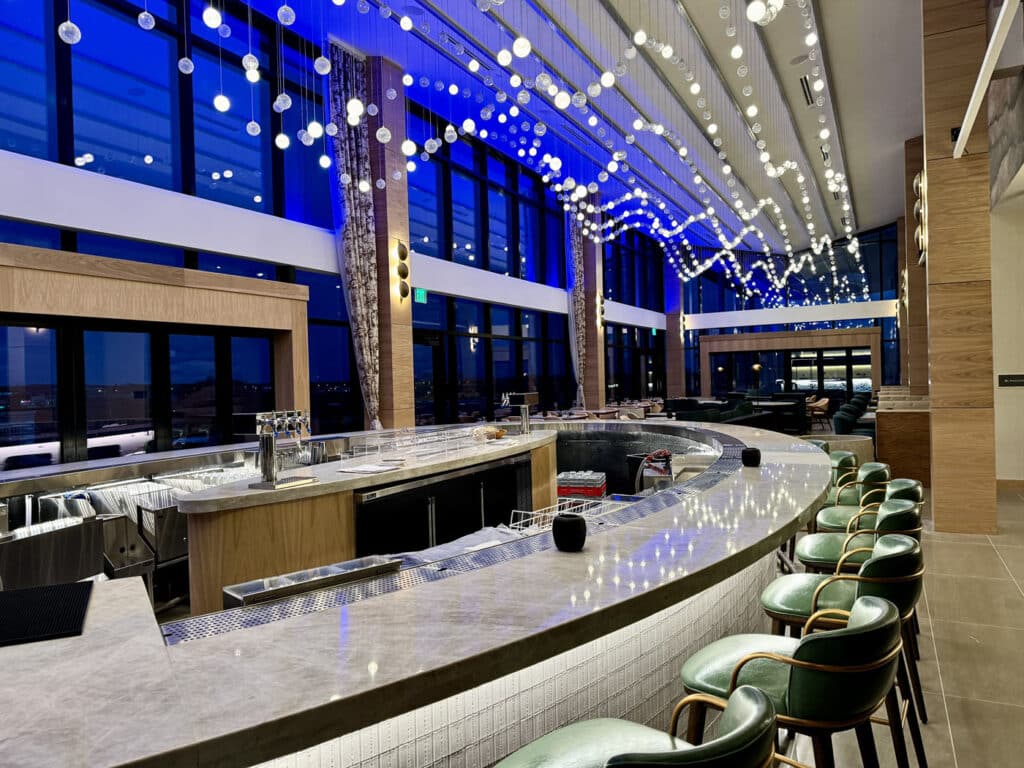
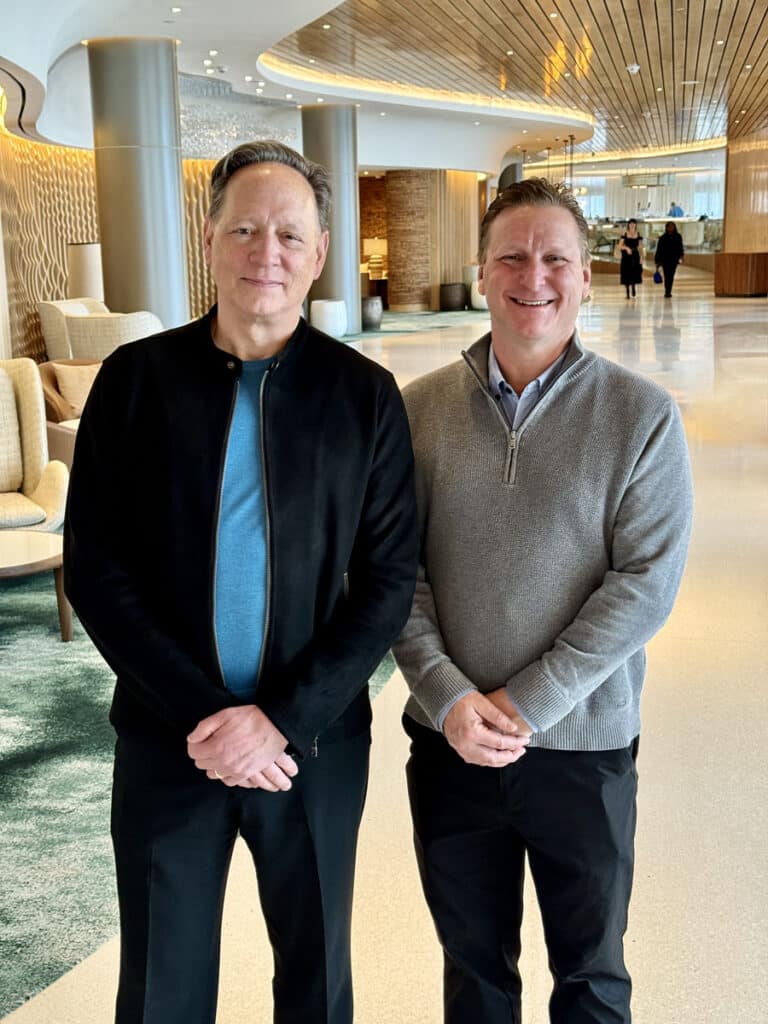
Under the leadership of General Manager Mark Castriota, with Russell Stewart steering the Sales and Marketing efforts, the hotel is set for a successful launch. General Manager Mark Castriota expressed excitement about the imminent opening. He lauded the dedication and hard work that has paved the way for this moment. Castriota emphasized the hotel’s commitment to providing unmatched hospitality experiences in Gwinnett County. The Westin aspires to fill the hotel with skilled individuals who deliver The Westin’s signature quality service to all guests.
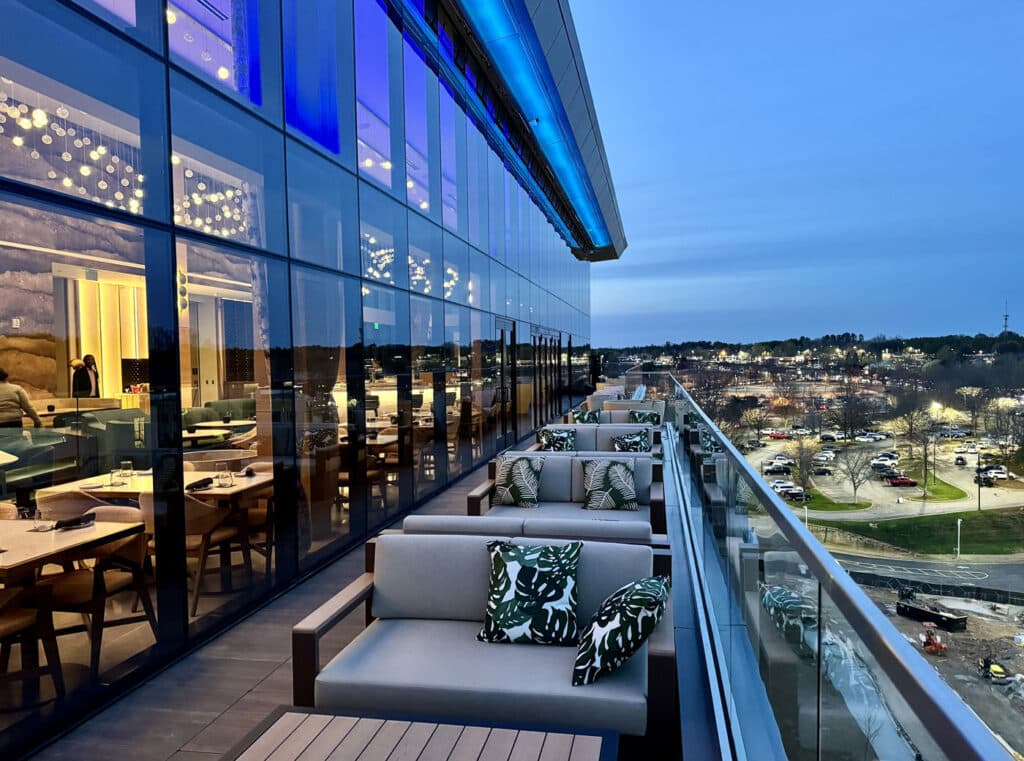
The Westin Atlanta Gwinnett is more than just a place to stay; it’s a retreat for wellness and relaxation. The property boasts signature wellness initiatives, sleep-enhancing features, and breathtaking floor-to-ceiling windows. Modern conveniences are standard in every room and suite, including high-speed Wi-Fi, 55-inch smart TVs, ergonomic workstations, and mini-fridges.
One of the hotel’s highlights is its rooftop bar, Overstory, which offers stunning 360-degree views of North Georgia. Here, guests can enjoy locally brewed beer, a nod to the hotel’s commitment to supporting local businesses. Additionally, the hotel will feature SweetSong Kitchen & Bar, a full-service restaurant that emphasizes locally sourced and sustainable ingredients.
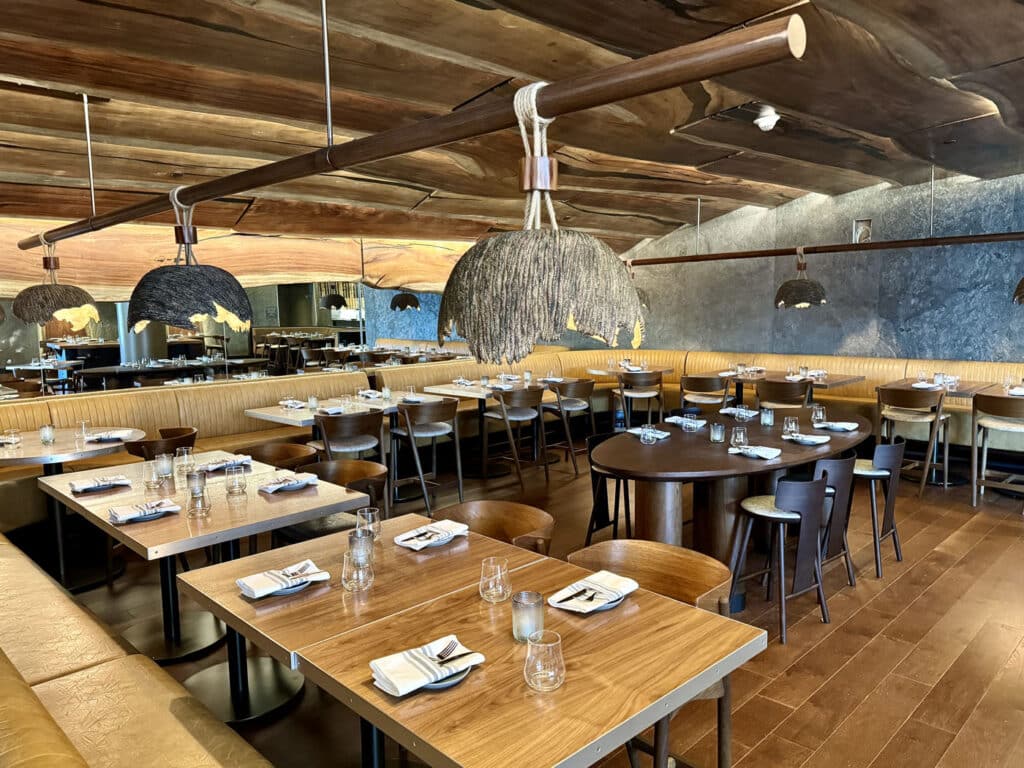

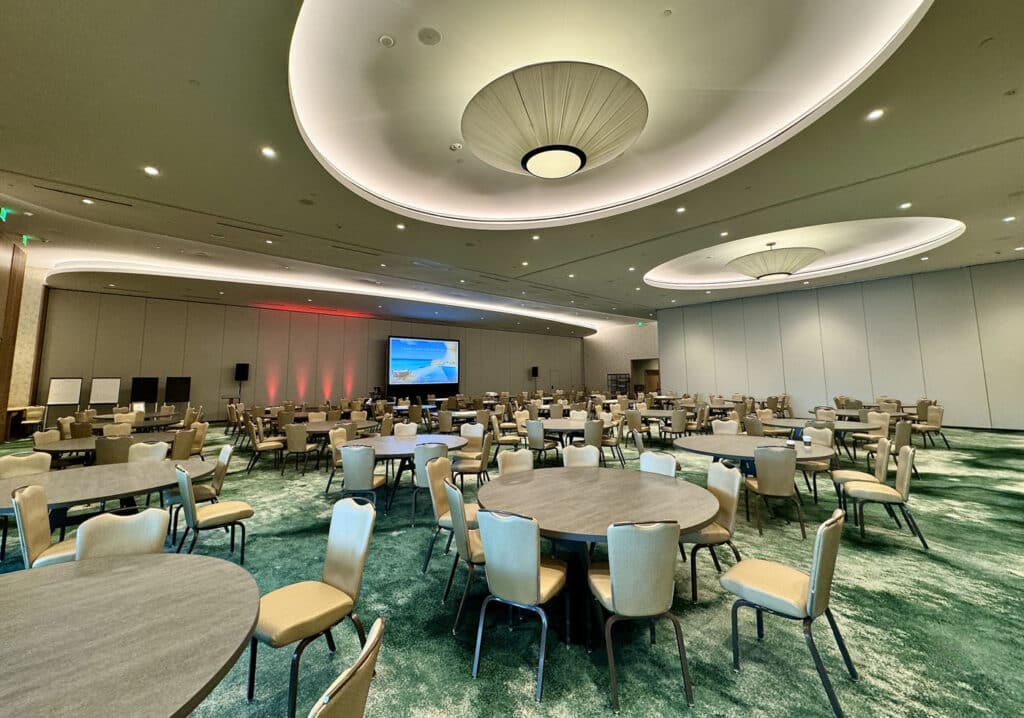
A unique architectural feature of The Westin Atlanta Gwinnett is its 25 preset lighting configurations. It can be adjusted to reflect various events and holidays, adding a vibrant and dynamic touch to the hotel’s facade. This, along with amenities like a full-service Starbucks, an indoor pool, and the Westin WORKOUT Fitness Studios, ensures guests have everything they need for a rejuvenating stay.
The Westin Atlanta Gwinnett is set to become a cornerstone of luxury and wellness in Gwinnett County, inviting visitors to experience a new level of hospitality.
A more in-depth feature will appear in Southwest Gwinnett magazine May/June issue.
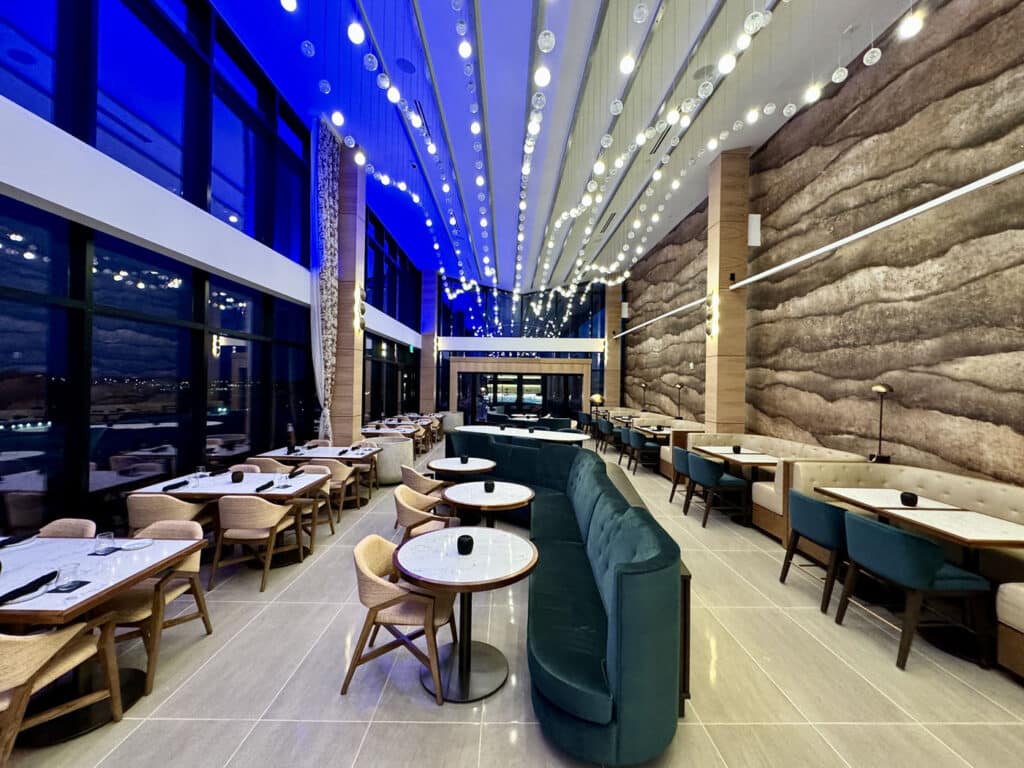
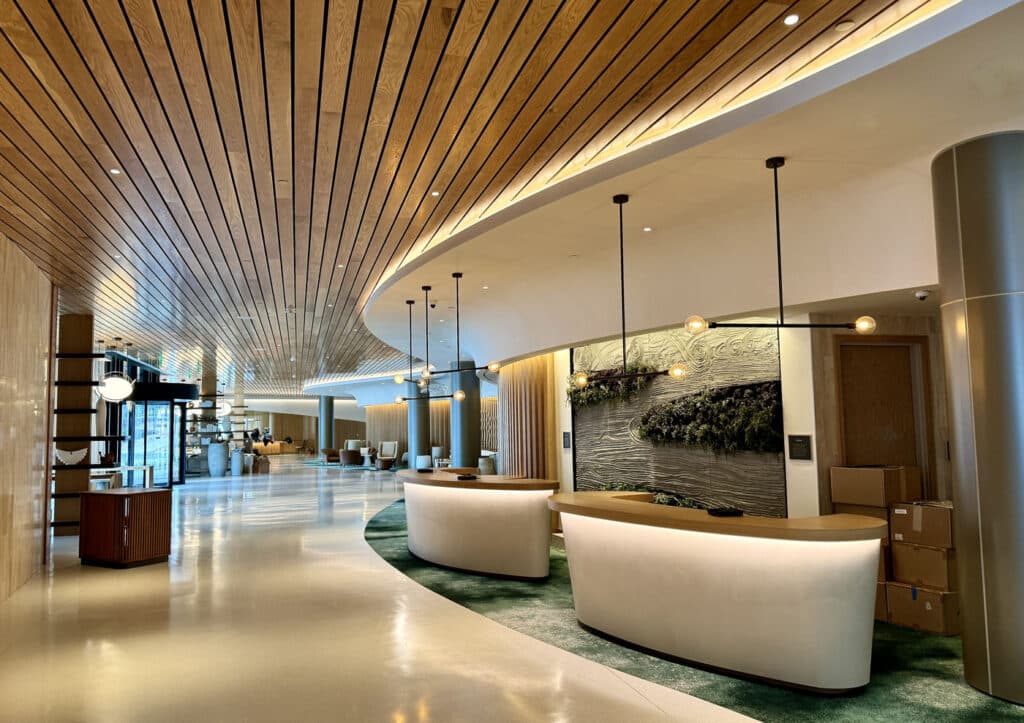
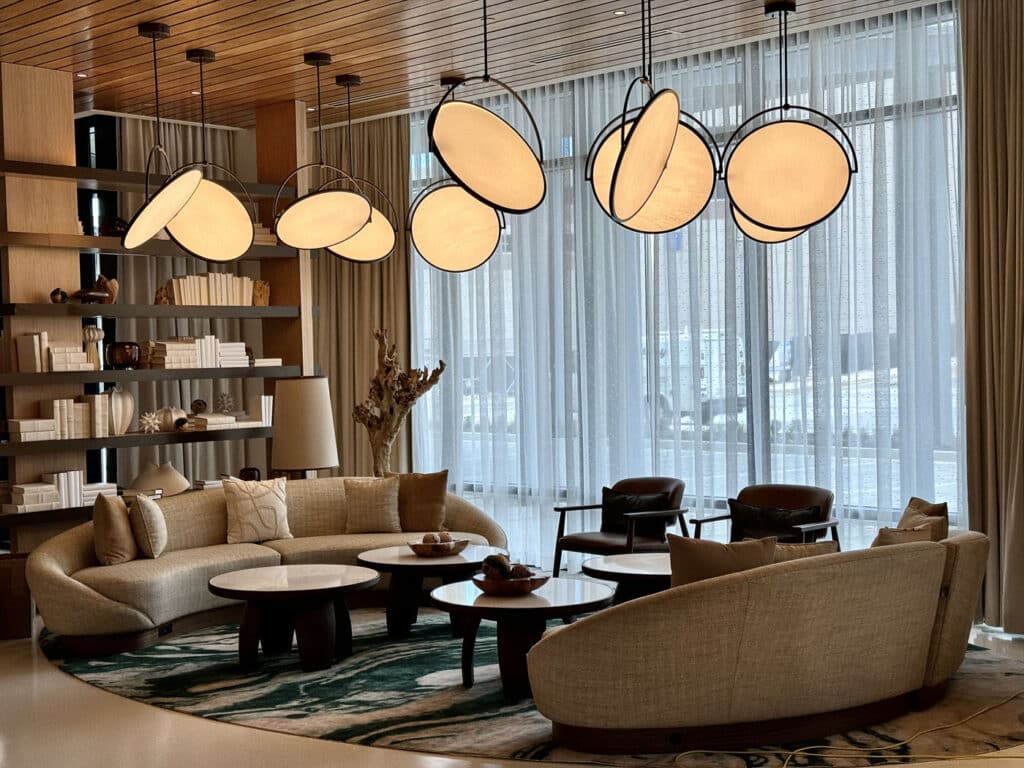
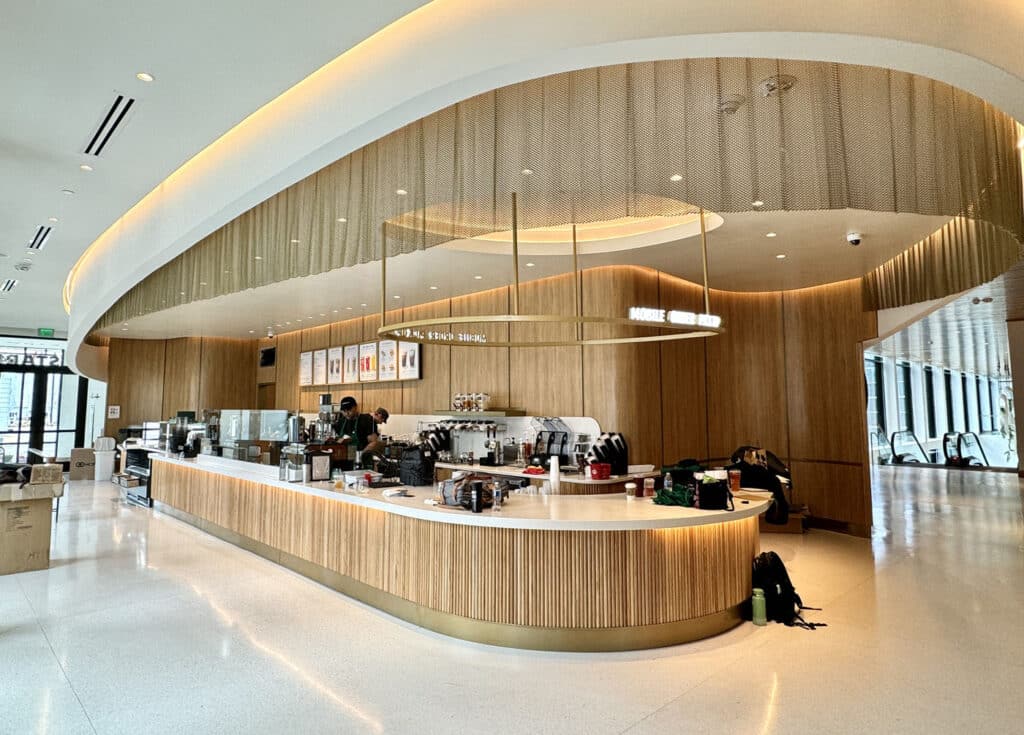
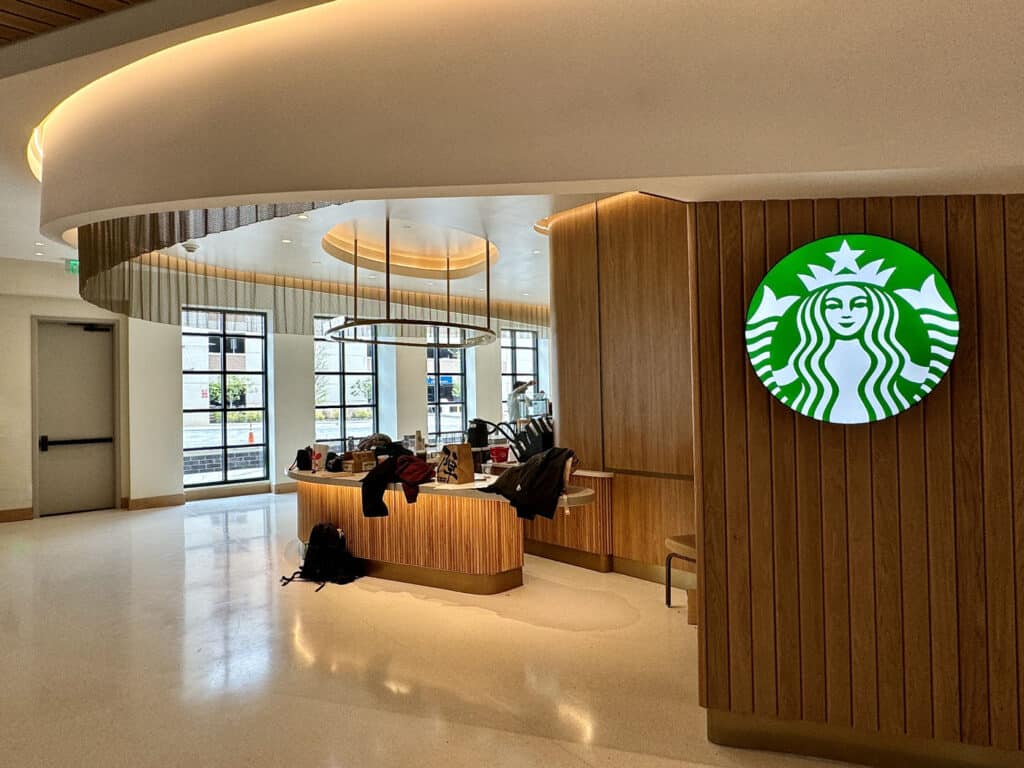
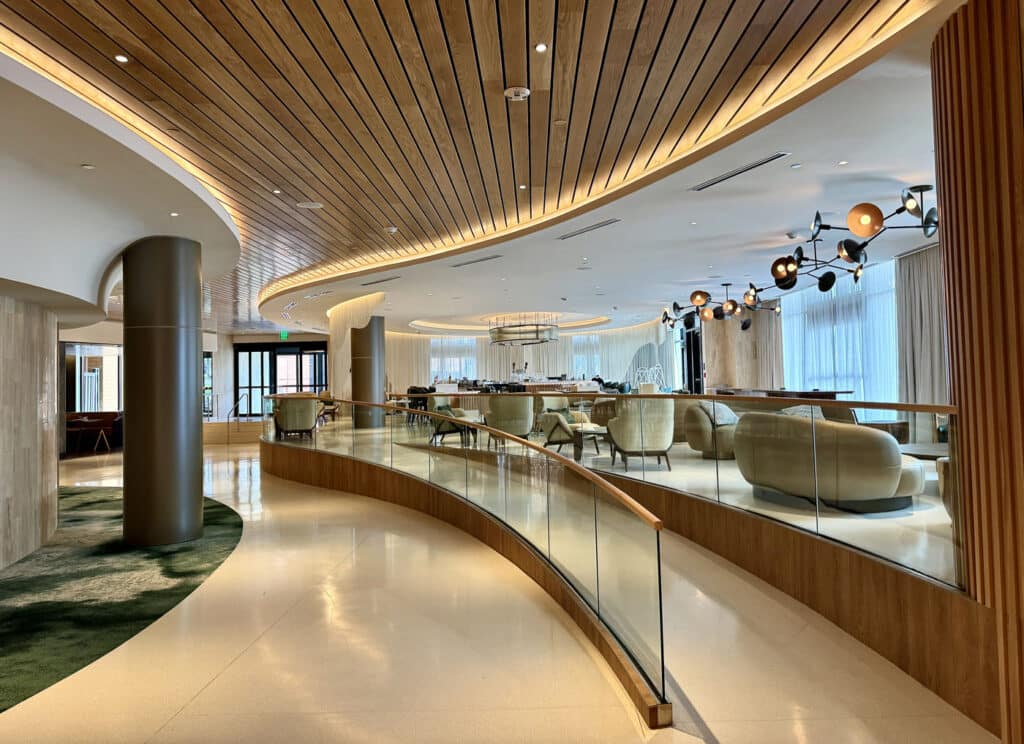
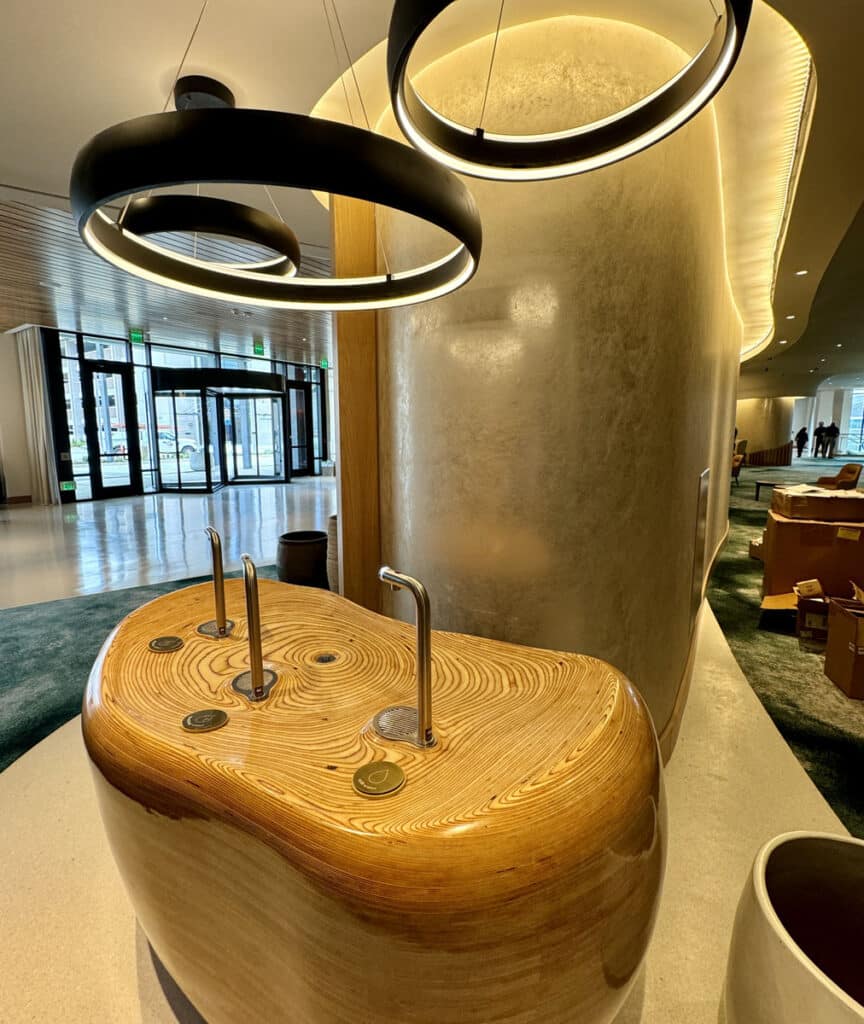
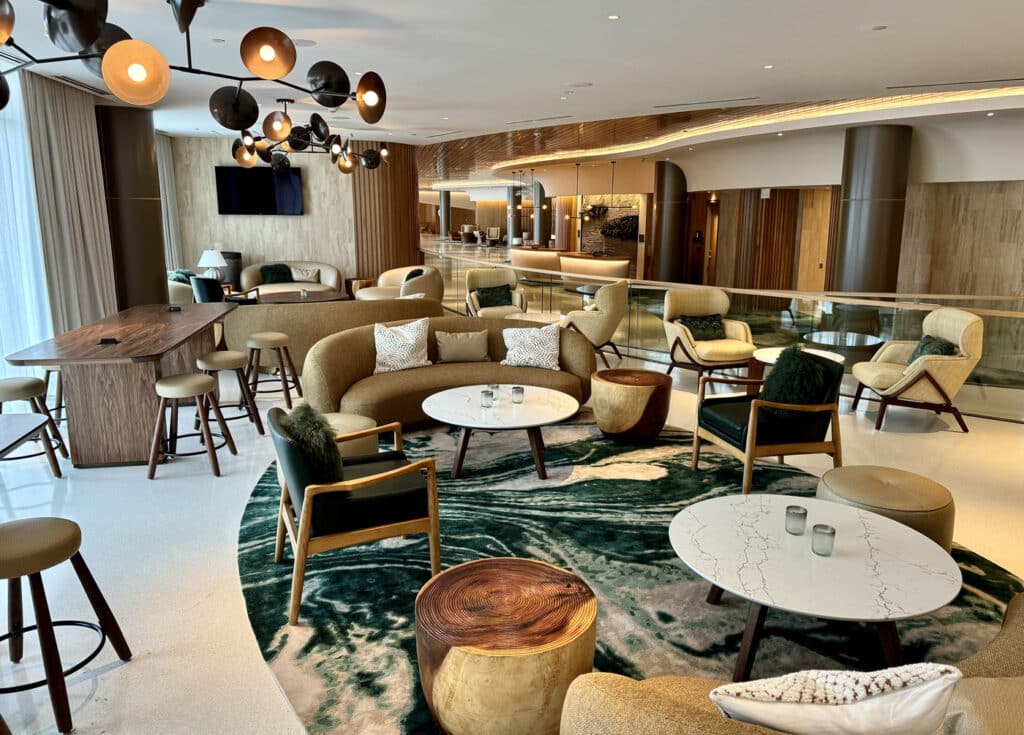

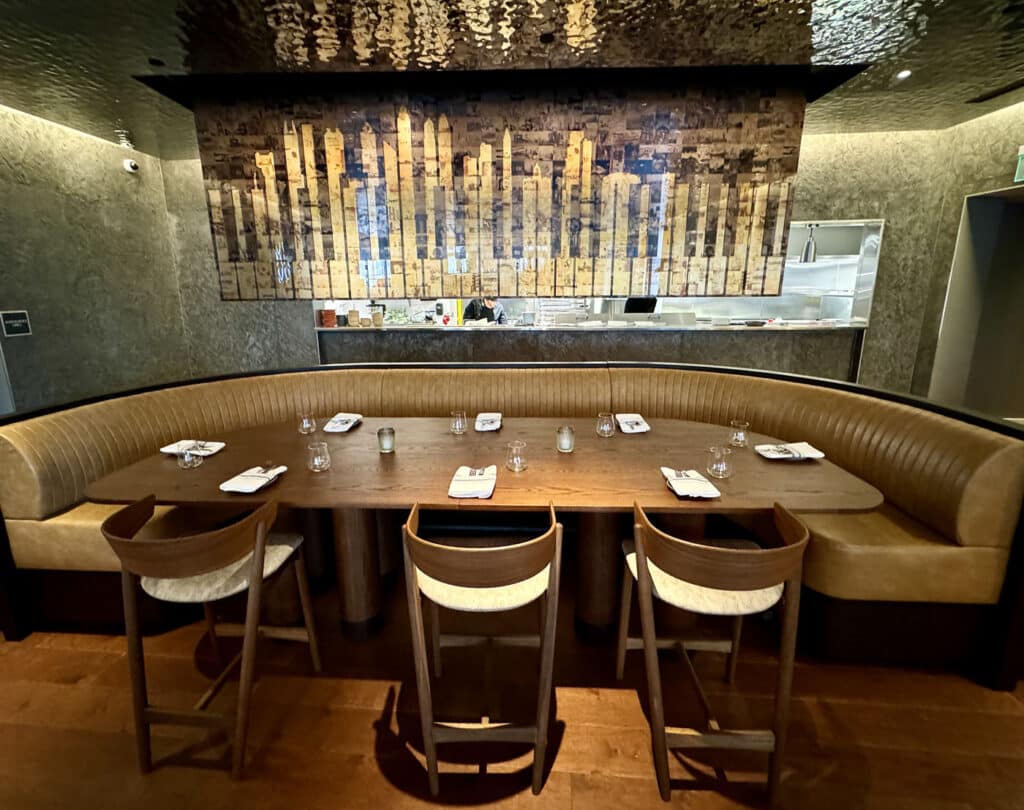


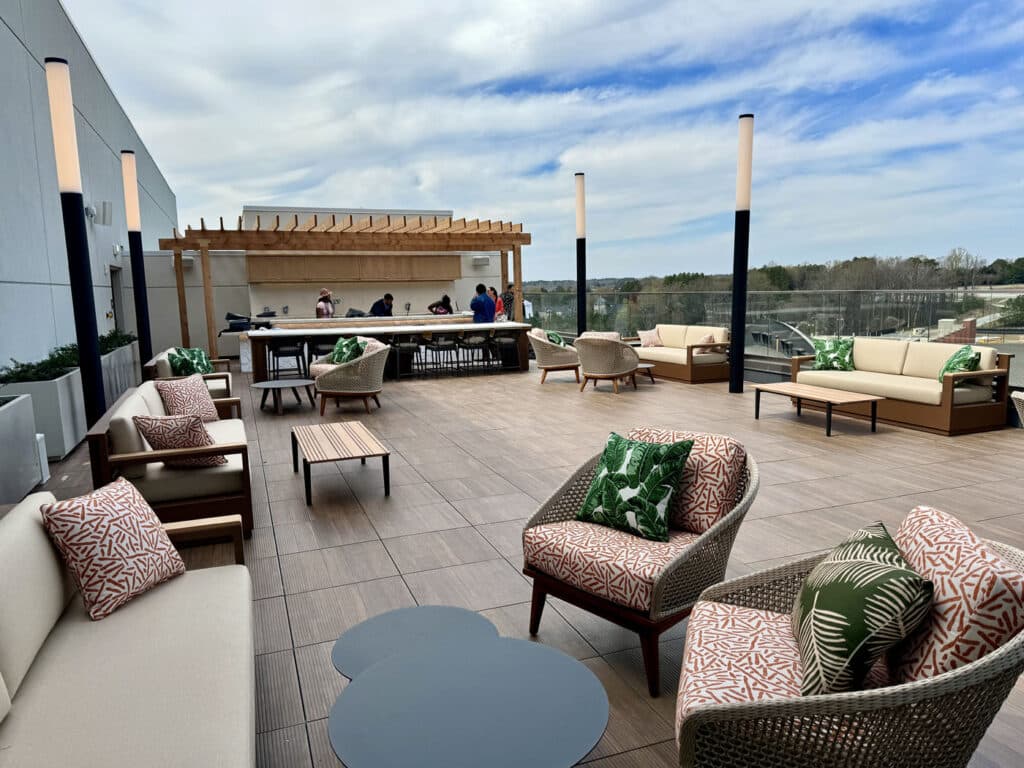
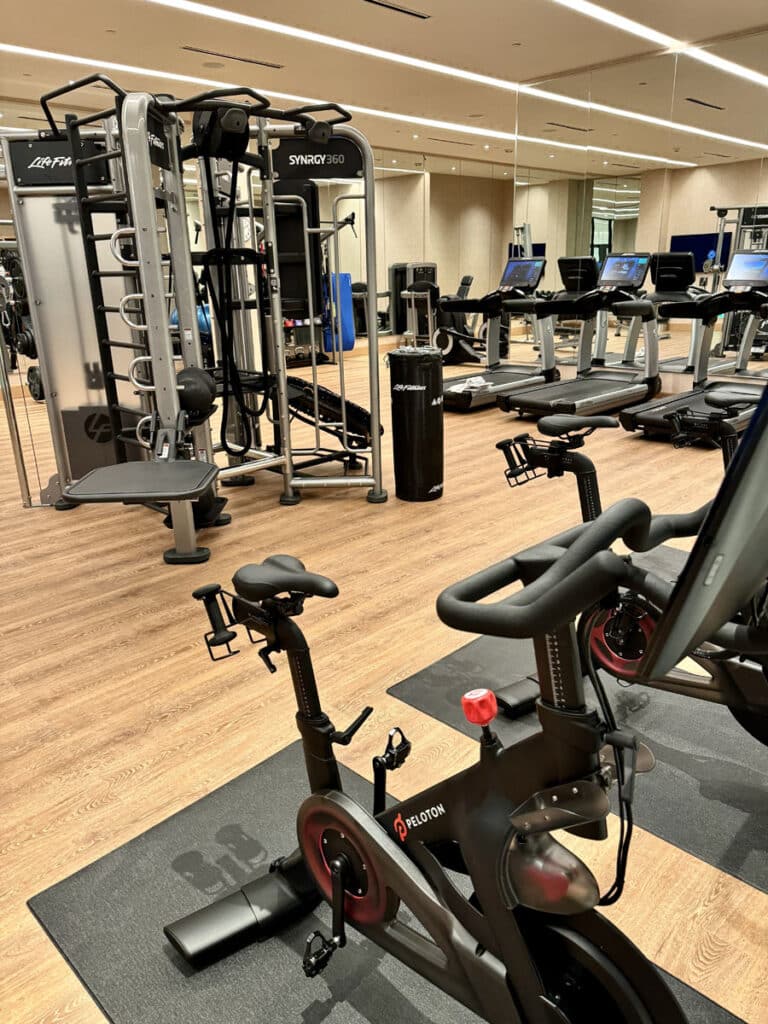

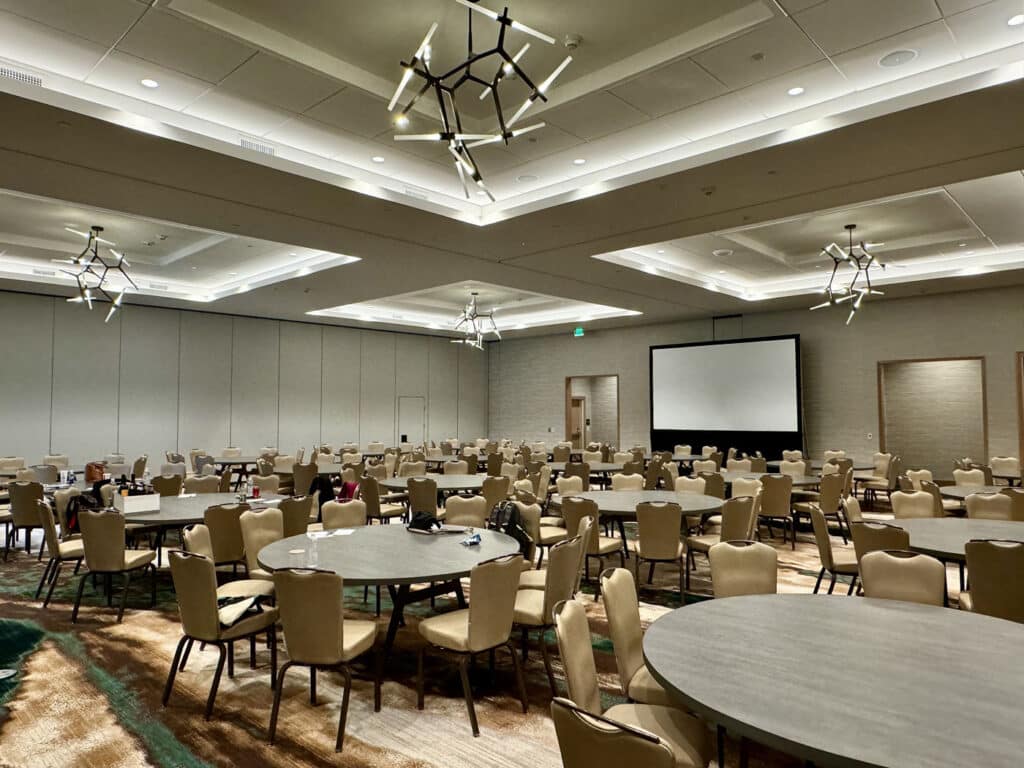
Photos by Bruce Johnson
Related
Around Atlanta
Broadway Director Joins Production of Beauty and the Beast in Sandy Springs
Published
2 months agoon
March 3, 2024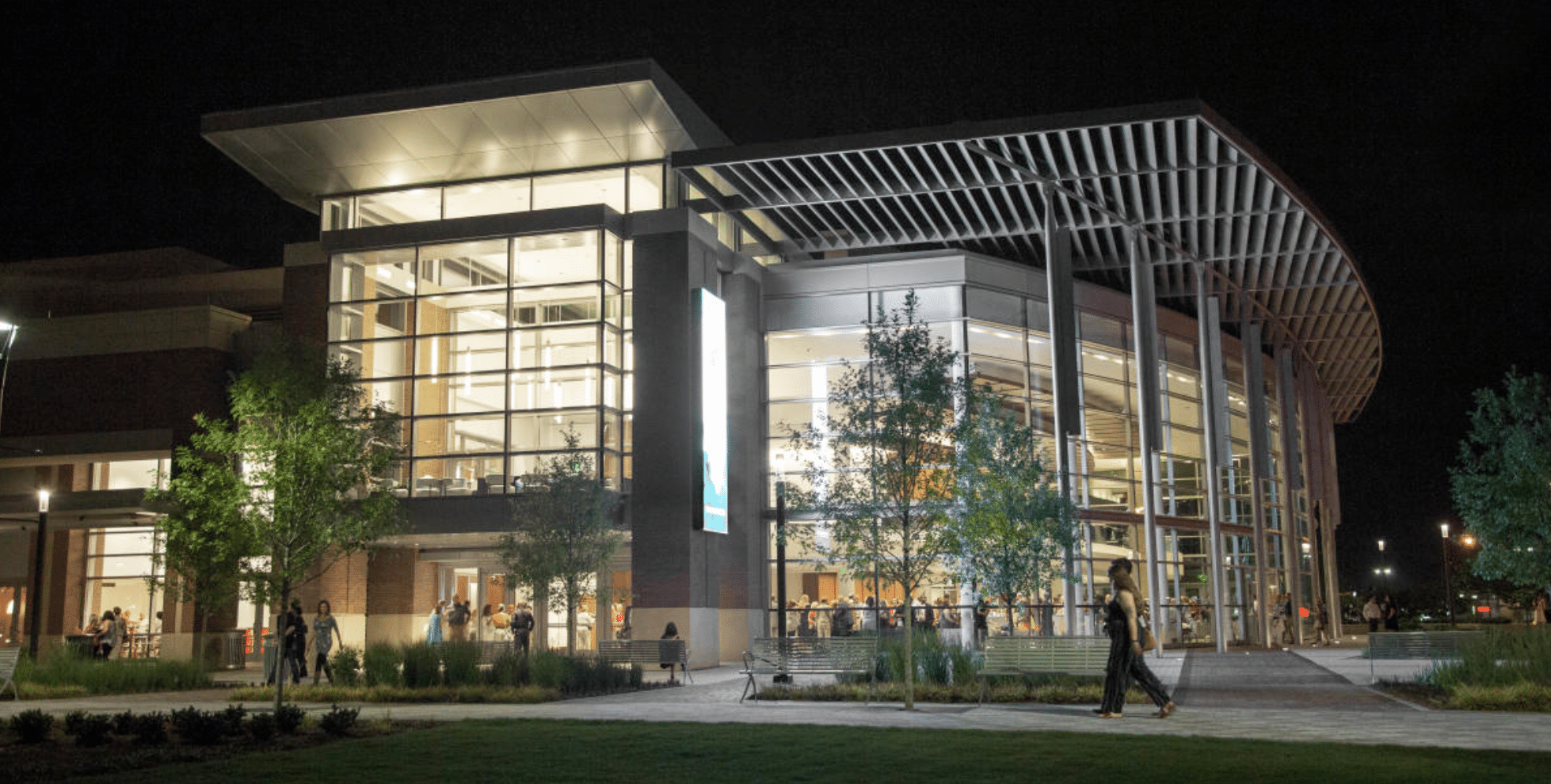
City Springs Theatre Company (CSTC) brings the legendary Broadway musical, Disney’s Beauty and the Beast to metro Atlanta with performances from March 8 through 24.
“City Springs Theatre Company is exceptionally proud to bring this modern classic to Atlanta audiences this spring,” said Tony Award-winner and Atlanta native Shuler Hensley, who serves as CSTC’s artistic director.
“For three decades now this ‘tale as old as time’ has been delighting audiences of all ages, across the globe. With its colorful characters, dazzling musical numbers (“Be Our Guest”, “Gaston”) and the Oscar-winning title song, Beauty and the Beast promises to be family theatre at its finest,” added Hensley.
Directing and choreographing City Springs Theatre Company’s production of Disney’s Beauty and the Beast is renowned Tony Award-recipient Baayork Lee, who has performed in some of Broadway’s biggest musicals.
Disney’s Beauty and the Beast will be performed in the Byers Theatre at the Sandy Springs Performing Arts Center, located at 1 Galambos Way in Sandy Springs.
“Disney’s Beauty and the Beast is the most family-friendly show we’ve ever produced, and it’s the perfect outing for groups of any kind looking for a truly memorable theatrical experience,” noted CSTC Executive Director Natalie DeLancey.
Disney’s take on the classic story tells of Belle, an idealistic young woman trapped in a provincial town, and The Beast, who is himself a prince trapped under the spell of an enchantress.
If The Beast can learn to love (and be loved), the curse will end, and he will be transformed back into his former princely self. But time is running out. If The Beast does not learn his lesson soon, he and his household will be doomed for all eternity.
Disney’s Beauty and the Beast features a book by Linda Woolverton (author of the original animated film’s screenplay), with music by Alan Menken, and lyrics by Howard Ashman and Tim Rice.
Performance schedule
Friday, March 8 at 8:00 p.m.
Saturday, March 9 at 2:00 p.m. and 8:00 p.m.
Sunday, March 10 at 2:00 p.m.
Thursday, March 14 at 8:00 p.m.
Friday, March 15 at 8:00 p.m.
Saturday, March 16 at 2:00 p.m. and 8:00 p.m.
Sunday, March 17 at 2:00 p.m.
Thursday, March 21 at 8:00 p.m.
Friday, March 22 at 8:00 p.m.
Saturday, March 23 at 2:00 p.m. and 8:00 p.m.
Sunday, March 24 at 2:00 p.m.
Cast
Belle – Diane Phelan (Broadway: School of Rock, The King And I, Into The Woods)
The Beast – Christian Magby (TV: “The Flash”)
Mrs. Potts – Candice Song Donehoo (Broadway: The King And I, National Tour: Jekyll and Hyde)
Gaston – Stanley Allyn Owen (National Tour: CATS)
Lumiere – Nick Walker Jones
Cogsworth – Luke Grooms
LeFou – DJ Plunkett (National Tour: Wicked)
Maurice – Russ Williamson
Babette – Maggie McCown
Madame de la Grande Bouche – Grace Choi
Chip – Cece Fields and Michael Wood
Silly Girls – Grace Arnold, Hannah Morrison, Emma X. O’Loughlin
The Ensemble: Ian Blanco, Emmanuel Cologne, Sammy Fossum, David Grindrod, Imani Joseph, Ben Ohnemus, Meaghan Paetkau, Javar La’Trail Parker, Ryley Perry, Zac Pritts, Caitlyn Savage, Wendell Scott, Amanda Fallon Smith
Creative and production teams
Director/Choreographer – Baayork Lee
Associate Choreographer – David Grindrod
Music Director – Griffin Strout
Conductor – Greg Matteson
Lighting Designer – Mike Wood
Sound Designer – Anthony Narcisso
Scenic Designer – Kelly Tighe
Costume Designer – Ryan Moller
Production Stage Manager – Shay Holihan
The production will also feature students from City Springs Theatre Company’s acclaimed pre- professional program, who will appear as additional ensemble members in the show.
Disney’s Beauty and the Beast is included in current subscriber season packages. Individual tickets (from $38 to $98) are on sale now, with discounts for seniors, students, groups and active and retired military personnel.
Visit www.CitySpringsTheatre.com or call 404-477-4365 for more information. Discounts for groups of 10 or more are available by calling the box office at 404-477-4365. Gift cards are also available by calling the box office. CSTC’s Box Office is open Monday through Friday from 10:00 a.m. to 5:00 p.m.
Related
Around Atlanta
Fernbank Museum Rings in 2024 with an Eight-Legged Invasion
Published
2 months agoon
February 10, 2024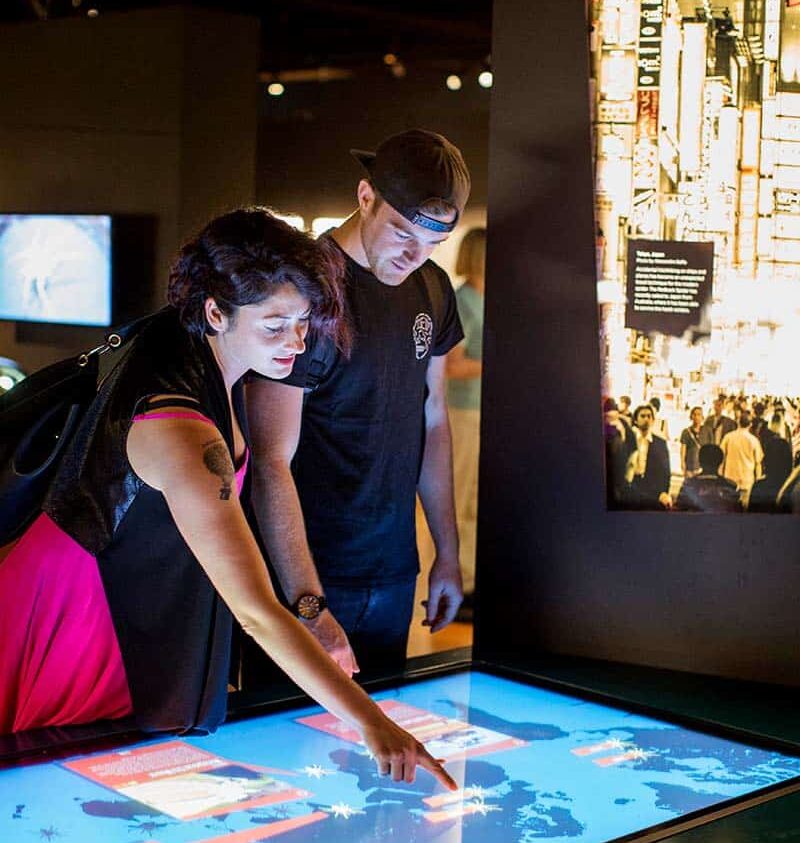
This winter, Fernbank Museum invites guests to come eye-to-eye with the hunting, burrowing and weaving world of spiders in the new special exhibit, “Spiders— From Fear to Fascination.”
Opening Feb. 10, 2024, and featuring over 250 live and preserved spider specimens, this exhibit will leave audiences with a new fascination for arachnids.
Guests will be able to explore an exhibition of spiders in all shapes and sizes—from the intimidatingly venomous Black Window to the famously large Huntsman—through a variety of curated displays.
Visitors will be able to virtually journey through hundreds of scattering spiders along a glowing forest floor through the use of augmented reality.

In addition to encountering live spiders, dioramas with taxidermy spiders, panels featuring real preservations and interactive components, guests will have the opportunity to use the free “Spiders Augmented Reality” app.
Some of the spiders featured in the app include the Wolf Spider, Trapdoor Spider, Desert Blonde Tarantula and more.
“Spiders evoke a combination of curiosity and horror, fear and fascination alike. The ‘Spiders — From Fear to Fascination’ exhibit is extraordinary as it makes spiders accessible and appealing, while still presenting the most up-to-date research and understanding of their biology,” said Linda S. Rayor, Cornell University‘s scientific consultant, exhibit manager of live animals and President of the American Arachnological Society.
Developed by the Australian Museum, “Spiders — From Fear to Fascination” features seven themed sections audiences can use to build their knowledge of the arachnid animal classification.
These themes include the spider family tree, diet and hunting, diversity of spiders from across the globe, spiders’ life cycles, their senses and silk production and weaving.
This exhibit will be included with General Admission at Fernbank from Feb. 10 through May 5, 2024. For more information, please visit fernbankmuseum.org/Spiders.
“Spiders — From Fear to Fascination” was created by the Australian Museum and sponsored locally in part by the Frances Wood Wilson Foundation, Inc.
Interested parties can purchase their tickets here today.
Photos courtesy of fernbankmuseum.org.
Related
Read the Digital Edition
Subscribe
Keep Up With Peachtree Corners News
Join our mailing list to receive the latest news and updates from our team.
You have Successfully Subscribed!

April/May Events Going on at Gwinnett County Parks

8 Theatrical Performances Coming to the Peachtree Corners Area

Enter Our Readers’ Choice Awards 2024

North American Properties Secures 3 New Brands for The Forum

Georgia United Methodist Foundation Announces Changes to Finance Team

North American Properties Revitalizes Avenue East Cobb

Exploring Israeli Innovation in the Smart City Sector with Einav Gabbay [Podcast]

BRACK: Peachtree Corners to lose Peterbrooke Chocolatier

BRACK: Peachtree Corners to lose Peterbrooke Chocolatier

Georgia United Methodist Foundation Announces Changes to Finance Team

North American Properties Revitalizes Avenue East Cobb

Exploring Israeli Innovation in the Smart City Sector with Einav Gabbay [Podcast]

North American Properties Secures 3 New Brands for The Forum

April/May Events Going on at Gwinnett County Parks

8 Theatrical Performances Coming to the Peachtree Corners Area

Enter Our Readers’ Choice Awards 2024

Light up the Corners [Video]

Capitalist Sage: Business Leadership in Your Community [Podcast]

Cliff Bramble: A Culinary Adventure through Italy

Top 10 Brunch Places in Gwinnett County

A Hunger for Hospitality

THE CORNERS EPISODE 3 – BLAXICAN PART 1

Top 10 Indoor Things To Do This Winter

The ED Hour: What it takes to Remove Barriers from Education
Peachtree Corners Life
Topics and Categories
Trending
-
Parks & Recreation1 week ago
April/May Events Going on at Gwinnett County Parks
-
Arts & Literature1 week ago
8 Theatrical Performances Coming to the Peachtree Corners Area
-
Readers' Choice Awards1 week ago
Enter Our Readers’ Choice Awards 2024
-
Business1 week ago
North American Properties Secures 3 New Brands for The Forum











